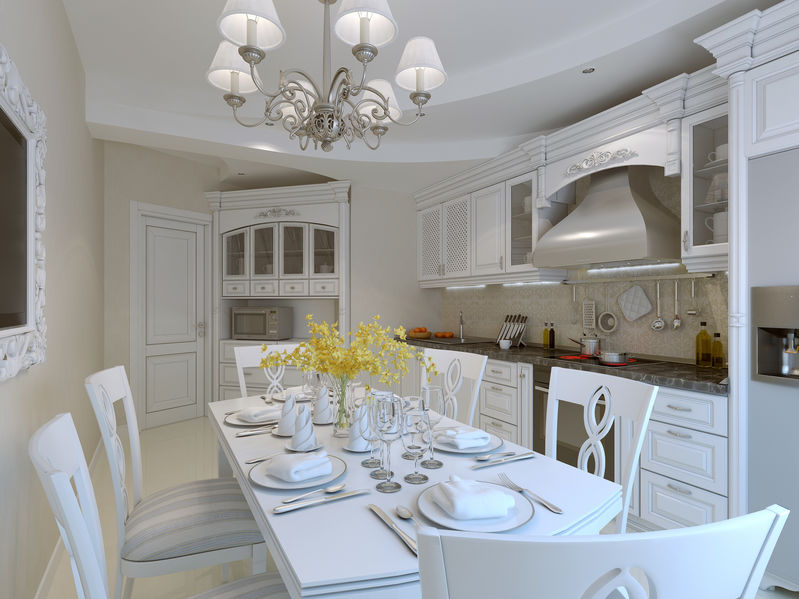
- Electric fans
All range hoods, including ducted ones, have an electric fan that is tasked with blowing hot gases from your cooktop. Upon switching on the range hood, the fans start turning and as a result, hot gases and smoke particles are sucked into the range hood through the Bernoulli principle. The speed at which the electric fans turn determines the efficiency and noise levels of the range hood. A range hood with a speed of around 200 CFM is more efficient and noisier than a range hood with a speed of 150 CFM. However, more advanced range hoods are now coming with noise cancellation features and some are completely silent despite the high blowing speeds. Advanced range hoods have remote controlled electric fans, while some have fan speed memory.
- The Duct
In the ducted range hoods, the duct, or the vent is tasked with directing hot gases out of the house from the cooktop. As the hot gases rise and are sucked in by the electric fan, they are then directed into the duct, which loses them to the outside. They are usually made of stainless steel in cases where they are mounted on the surface of the walls. In case they are inserted into the walls, they can be made of PVC. A ductless range hood relies on the electric fan to cool off the air around the cooktop, in which you will rely on your air conditioning to some extent since the ductless range hood does not cool off the air effectively.
- The Lighting
Some range hoods, especially the more advanced ones, have a lighting system that illuminates the cooktop. This is beneficial in that it helps you to see the food are cooking, hence reducing the chances of burning the food. This also means that you can save lots of money since you do not have to turn on the lights around the kitchen area; you can rely on the range hood lighting instead. More advanced range hoods now have automatic lighting, while some have lighting level memory so that you do not have to keep resting every time you are cooking.
- The Filters
After the electric fan sucks hot gases from the cooktop, it goes into the filters. These trap the smoke particles and grease, hence keeping your stove and pots clean. Ductless range hoods have charcoal filters for removing smoke particles and grease from the hot gases before the fan recirculates the air back into the room. For better and prolonged functionality of the range hood, you should clean the filter every three months. This is because failure to clean it often leaves the filter clogged with grease and hence the air is not efficiently cleaned. You might even incur high energy bills since the clogged filter requires the electric fan to blow even harder.
- Selector Switch
All range hoods have a selector switch panel that comprises of the ON/OFF switch, control speeds as well as the switch for turning the lighting ON/OFF. While older range hoods have the manual selector switch panel, new advanced models are remotely controlled. However, they have a manual control panel to use when the remote sensor fails. Some more advanced range hoods have remote control for raising or lowering the level of the range hood over the cooktop. The distance between the cooktop and the bottom of the range hood also determines the effectiveness of the range hood.
Range hoods come in different types, colors, materials and fan speeds. Your choice of a range hood is determined by several factors such as your budget, the amount of cooking you do, the structure and size of your kitchen, as well as the unique taste and preferences you hold dear. For example, if you do lots of heavy-duty cooking, you will need a ducted range hood with a higher fan speed, while a smaller combo requires a ductless range hood since duct installation will be quite hectic.
